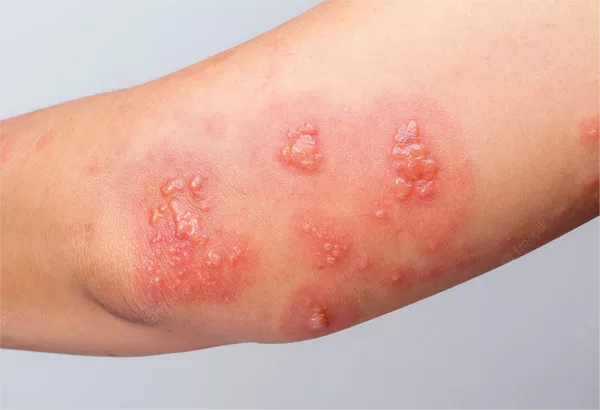Shingles, also known as herpes zoster, is a viral infection caused by the varicella-zoster virus—the same virus that causes chickenpox. After a person has had chickenpox, the virus remains dormant in the nerve tissues near the spinal cord and can reactivate years later as shingles. One of the most common and distressing symptoms of shingles is a burning or tingling pain along with a rash. Understanding how long this burning sensation lasts is crucial for patients and healthcare providers managing this condition.
The Nature of Shingles Pain
Shingles pain is characterized by a persistent burning, itching, or stabbing sensation in the affected area. This pain often precedes the appearance of the shingles rash, which typically develops into clusters of fluid-filled blisters. The pain can vary widely in intensity and duration depending on individual factors such as age, overall health, and the severity of the infection.
Duration of Burning Sensation
The duration of the burning sensation in shingles can vary from person to person. In general, the burning pain begins before the rash appears and can persist for weeks to months after the rash has healed. The timeline of shingles pain can be divided into several stages:
1. Pre-Rash Phase:
- The burning or tingling pain may start several days before the rash becomes visible.
- During this phase, patients may experience sensitivity or discomfort in the affected area without any visible signs of rash.
2. Active Rash Phase:
- Once the rash appears, the burning sensation may intensify.
- The rash typically lasts around 2 to 4 weeks but can sometimes persist for longer periods.
3. Post-Herpetic Neuralgia (PHN):
- The most significant concern for long-lasting pain is post-herpetic neuralgia (PHN).
- PHN is a condition where the nerve pain continues for months or even years after the rash has healed.
- The burning sensation during PHN can be debilitating and challenging to manage.
Factors Affecting Duration
Several factors influence how long the burning sensation lasts in shingles:
- Age: Older adults are more likely to experience persistent pain after shingles compared to younger individuals.
- Health Status: Those with weakened immune systems or underlying medical conditions may have prolonged symptoms.
- Severity of Infection: The extent of the viral reactivation can impact the duration and intensity of pain.
- Early Treatment: Prompt initiation of antiviral medications can help reduce the severity and duration of symptoms.
Management and Treatment
Effective management of shingles pain involves a combination of antiviral medications, pain relievers, and sometimes topical treatments. Early intervention is crucial to minimizing the duration of pain and preventing complications like PHN.
1. Antiviral Medications:
- Drugs like acyclovir, valacyclovir, and famciclovir can help shorten the duration of the infection and reduce the severity of symptoms if started early.
2. Pain Management:
- Over-the-counter pain relievers such as ibuprofen or acetaminophen can help alleviate discomfort.
- For severe pain, prescription medications like gabapentin or opioids may be necessary.
3. Topical Treatments:
- Calamine lotion or capsaicin cream can provide relief from itching and burning sensations.
4. Lifestyle Measures:
- Keeping the affected area clean and dry can prevent secondary infections.
- Applying cool compresses or taking oatmeal baths can soothe irritated skin.
Dealing with Post-Herpetic Neuralgia (PHN)
For patients experiencing prolonged burning pain after shingles, managing PHN requires a comprehensive approach:
- Prescription Medications: Anticonvulsants, antidepressants, and topical agents like lidocaine patches are commonly used to manage PHN.
- Physical Therapy: Techniques such as massage, acupuncture, or transcutaneous electrical nerve stimulation (TENS) may provide relief.
- Psychological Support: Chronic pain management often benefits from counseling or cognitive-behavioral therapy (CBT) to improve coping skills.
Conclusion
The burning sensation associated with shingles can be distressing and persistent, but early intervention and appropriate treatment can significantly reduce its duration and severity. Patients should seek medical attention promptly if they suspect shingles, especially if they are at higher risk for complications. Understanding the course of shingles pain and its management options empowers patients and healthcare providers to optimize outcomes and improve quality of life for those affected by this viral infection.
Related Topics:

























